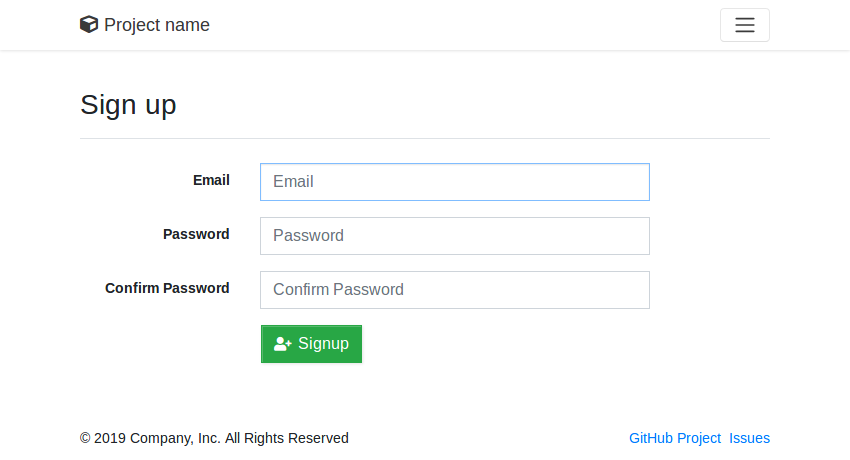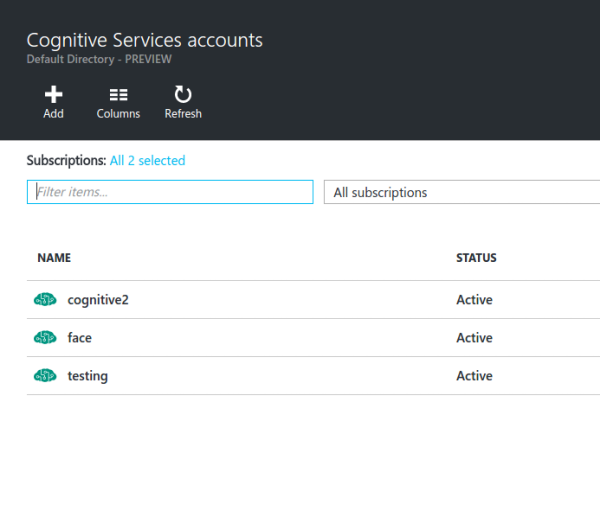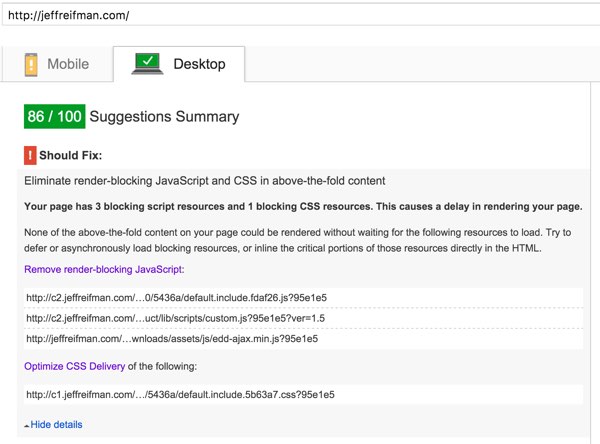Moving code from development to production doesn’t have to be as error-prone and time-consuming as it often is. By using Buddy, a continuous integration and delivery tool that doubles up as a powerful automation platform, you can automate significant portions of your development workflow, including all your builds, tests, and deployments. Unlike many other CI/CD… Continue reading How to Build and Deploy a Web App With Buddy
Tag: Google’s
How to Create a Face Detection App With React Native
Are you a hybrid app developer wanting to include face detection into your app, but you don’t have any idea where to start? As a start, you could read An Introduction to Face Detection on Android, which shows you how to natively implement face detection on Android. But if you are like me and you don’t want to write Java code… Continue reading How to Create a Face Detection App With React Native
Hands On Improving Google PageSpeed
What You’ll Be Creating What Is Google PageSpeed? Google PageSpeed is a free tool that assesses the performance and usability of your website for mobile and desktop platforms. It’s extra important because Google uses it in determining key elements of our SEO ranking, i.e. how high we appear in their search results. If you want more background… Continue reading Hands On Improving Google PageSpeed
Android From Scratch: Building Your First Android Application
What You’ll Be Creating After taking a look at the current state of Android development and how to set up your development environment, in this lesson, you are going to learn how to build and launch your first Android application. I won’t focus too much on the details, because those are covered extensively later in… Continue reading Android From Scratch: Building Your First Android Application
Comparing Bootstrap With Google’s New Material Design Lite
Since Google announced Material Design with the introduction of Android 5.0, a large number of frontend frameworks emerged with the goal of bringing the concept to web apps. We already have a number of libraries which promote the concept – MUI, Material-UI and Polymer, which is built around web components.In the beginning of July 2015, Google publicly released a… Continue reading Comparing Bootstrap With Google’s New Material Design Lite
ExpandJS – Built with Polymer & Google’s Material Design
ExpandJS is a modular library with 80+ custom elements and 350+ utility functions to kickstart your Web Applications. The elements are built upon Polymer and follow Google’s Material Design guidelines, allowing for beautiful and responsive interfaces. The utility library is an extension of lodash, adding more functions and introducing checks for unexpected arguments. It is… Continue reading ExpandJS – Built with Polymer & Google’s Material Design
Using Googles NoCaptcha ReCaptcha In WordPress
Google has recently announced a new project called recaptcha which is a way of spam protecting your website from bots but making it easy for humans to submit the form by simply recreating a checkbox for users to click. Registering Your Website To use Google NoCaptcha ReCaptcha for your website you must first register your… Continue reading Using Googles NoCaptcha ReCaptcha In WordPress
Hummingbird: What It Means For SEO, and What It Does For Google’s Status
Content takes on new meaning with Google’s new algorithm, which is codenamed Hummingbird. In fact, Hummingbird takes into context not just content but how that content is written. As the latest salvo fired by the internet company to stay atop the web browser game, as was the case with previous iterations of algorithms Penguin and… Continue reading Hummingbird: What It Means For SEO, and What It Does For Google’s Status








